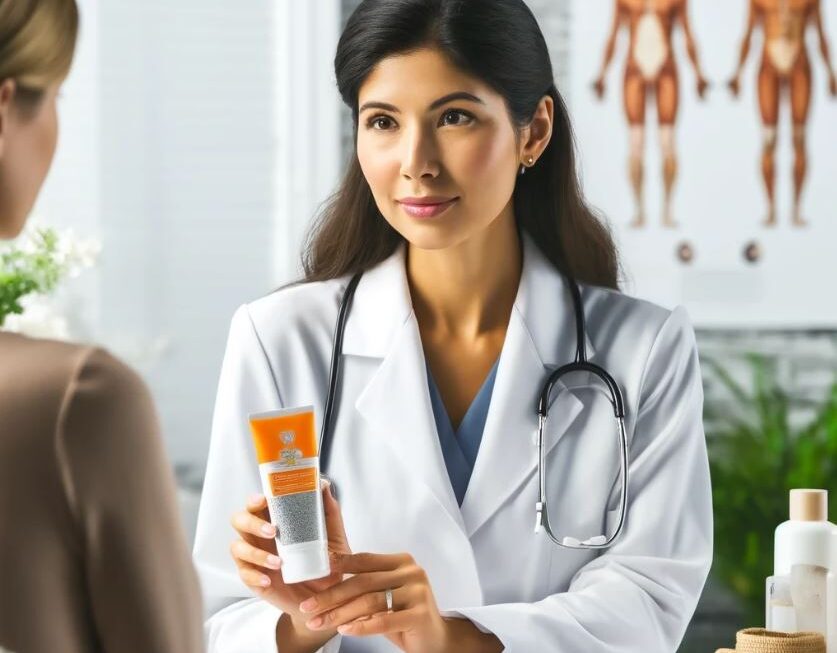While SPF drops are gaining popularity as a convenient method to integrate sun protection into your skincare regimen, it’s essential to delve into both the advantages and some potential drawbacks. This will ensure you make an informed decision about incorporating these products into your daily routine.
Understanding SPF Drops
SPF drops are a liquid sunscreen formulation designed to be mixed with other skincare products, such as moisturizers and serums. They are marketed under various names like “SPF drops to add to moisturizer” or specific brands such as “SPF drops the ordinary,” catering to diverse preferences.
Benefits of SPF Drops
Customizability: The primary appeal of SPF drops lies in their flexibility. You can adjust the amount of sun protection by varying the number of drops you mix into your base product. This allows for tailored sun protection based on your daily exposure and needs.
Aesthetic Appeal: For those who dislike the texture of traditional sunscreens, “liquid SPF drops” offer a solution that doesn’t compromise the feel or finish of their favorite moisturizers. This makes it more likely that users will incorporate sun protection into their skincare routine.
Potential Drawbacks
Risk of Dilution: One significant concern with mixing SPF drops with other products is the risk of diluting the formula, which can diminish the effectiveness of the SPF. If not mixed thoroughly or in the correct ratio, the protection may be uneven or insufficient.
False Sense of Security: Relying solely on “simple SPF drops” added to a moisturizer might lead to a false sense of security about the level of sun protection being adequate. This is particularly risky if the mixture is not applied generously or evenly.
Cost and Concentration Issues: SPF drops can be more expensive per ounce compared to traditional sunscreens. Additionally, the concentration of sunscreen agents in SPF drops varies, and there’s a risk that users might not add enough drops to reach the necessary SPF level stated on the product.
How to Use SPF Drops Properly
While using SPF drops can be straightforward, ensuring maximum effectiveness requires careful application:
- Correct Mixing: Always follow the manufacturer’s guidelines for how many drops to use. Typically, adding too few drops can lead to inadequate protection.
- Thorough Application: It’s crucial to apply the mix uniformly across all exposed areas of the skin. Areas like the ears, neck, and back of the hands are often overlooked but need protection.
- Regular Reapplication: As with any sunscreen, reapplying SPF drops every two hours or after exposure to water or sweat is necessary to maintain protection.
While SPF drops offer an innovative and appealing way to include sun protection in your skincare, they are not without their challenges. The potential for dilution and uneven application means that while they can complement your sun protection arsenal, they should not replace traditional sunscreen forms, especially during extended outdoor activities. It’s crucial to weigh these factors to ensure that your skin remains protected against the sun’s harmful effects effectively.
To further elucidate the nuances of using SPF drops, here are some contrasting questions and answers that highlight common concerns and considerations:
Q1: Are SPF drops as effective as traditional sunscreen?
A1: Yes and No
- Yes: SPF drops can be just as effective as traditional sunscreen if used correctly. This means applying the appropriate amount, mixing properly, and reapplying as recommended.
- No: There is a risk that users may not mix or apply the product properly, leading to less effective coverage compared to traditional sunscreens, which are typically formulated to ensure optimal SPF levels and even application.
Q2: Can SPF drops replace my regular sunscreen on beach days?
A2: Not Advisable
- Yes: For those who mix and apply them correctly, SPF drops can provide adequate sun protection, even on beach days.
- No: Due to their formulation and the potential for dilution when mixed with other products, SPF drops are generally not recommended as the sole sunscreen on days with prolonged sun exposure, such as beach outings. Traditional, water-resistant sunscreens are more reliable under these conditions.
Q3: Are SPF drops a more cost-effective option compared to sunscreen creams or lotions?
A3: It Depends
- Yes: If you already use high-end skincare products and want to add sun protection without altering the texture of your products, SPF drops might seem cost-effective as they allow you to enhance your existing products.
- No: Generally, SPF drops are more expensive per ounce than most sunscreen creams or lotions. Additionally, there’s a potential for wastage if not mixed or applied correctly, which could make them less economical in the long run.
Q4: Is it easier to maintain a consistent SPF routine using SPF drops?
A4: Yes and No
- Yes: For those who appreciate a minimalist skincare routine, adding SPF drops to their favorite moisturizer can simplify their regimen, making it easier to maintain daily sun protection.
- No: The extra step of mixing and the need to measure drops can complicate routines for some people, potentially leading to skipped applications or incorrect usage, thereby diminishing the overall effectiveness of sun protection.



